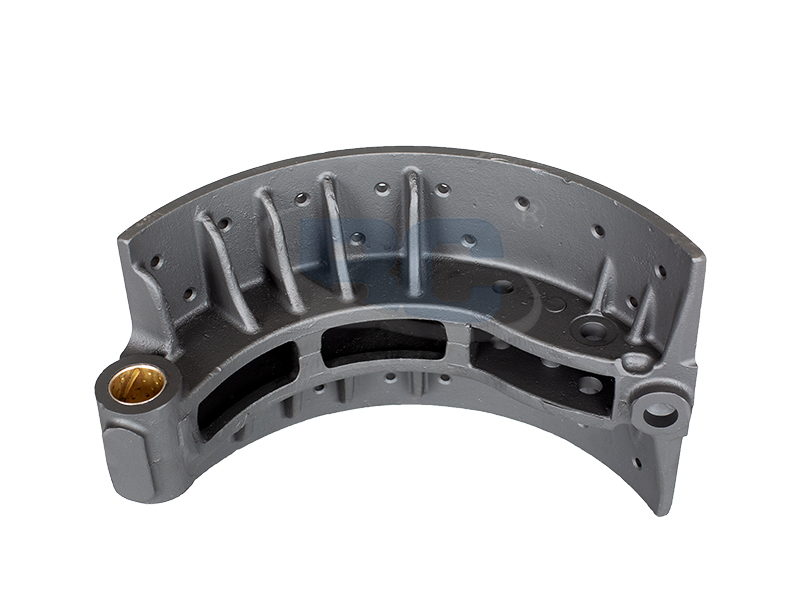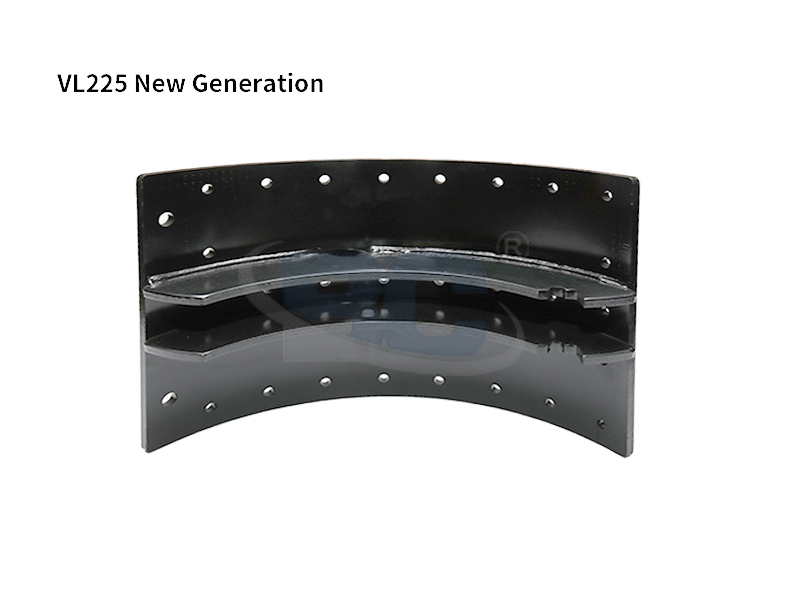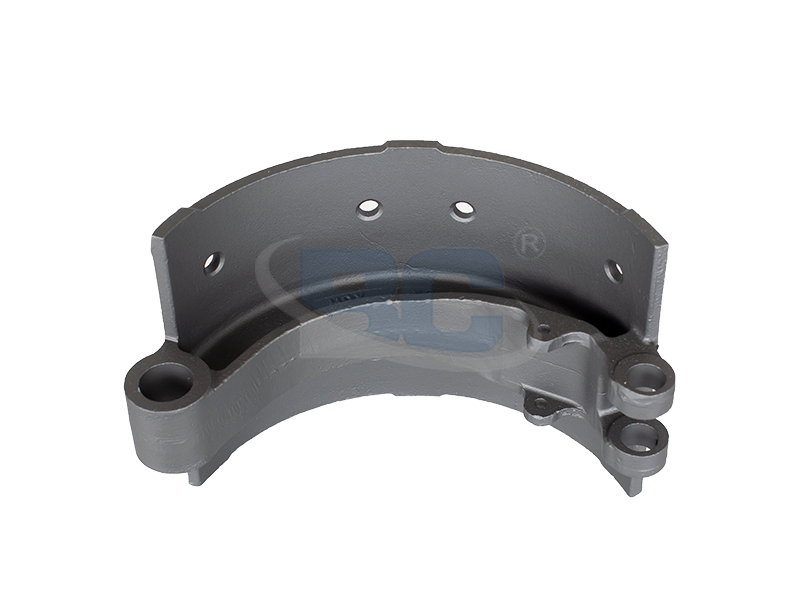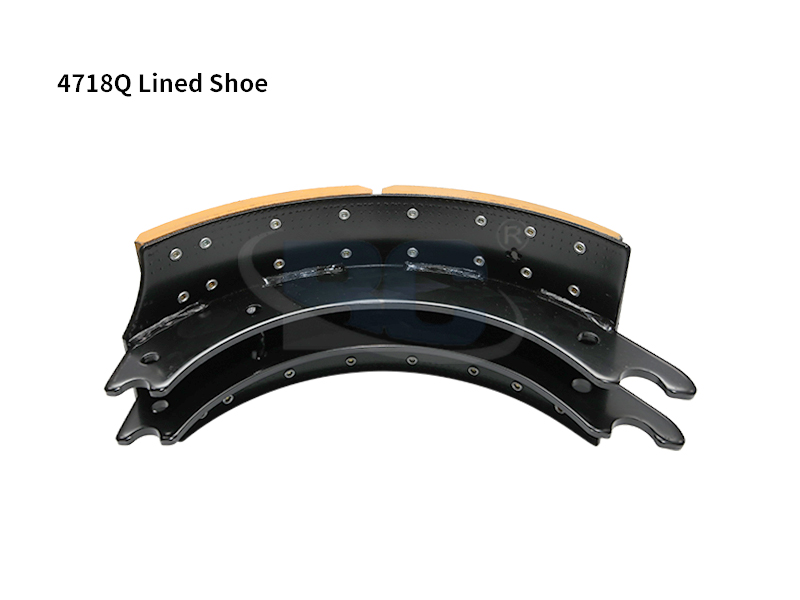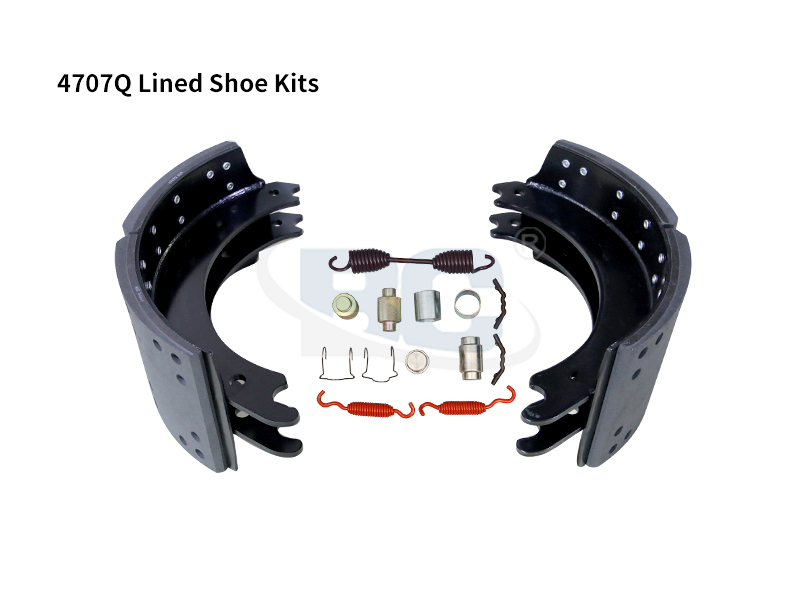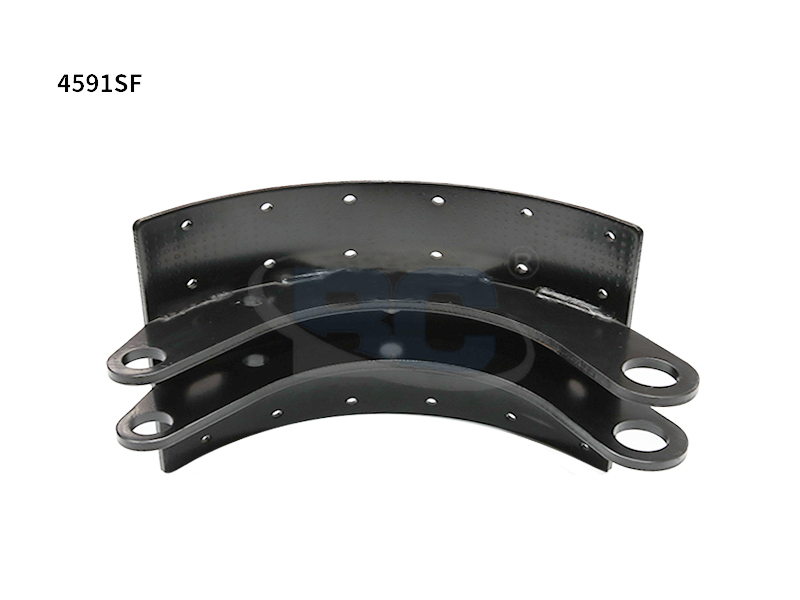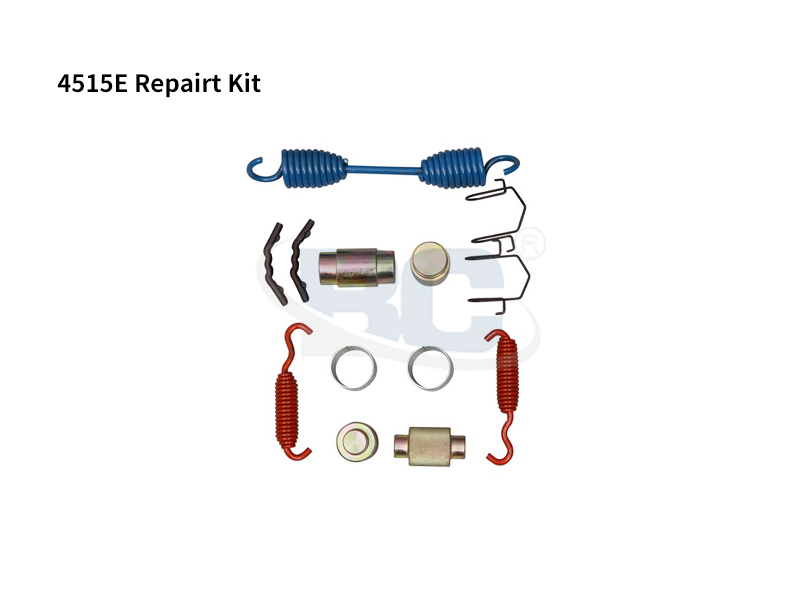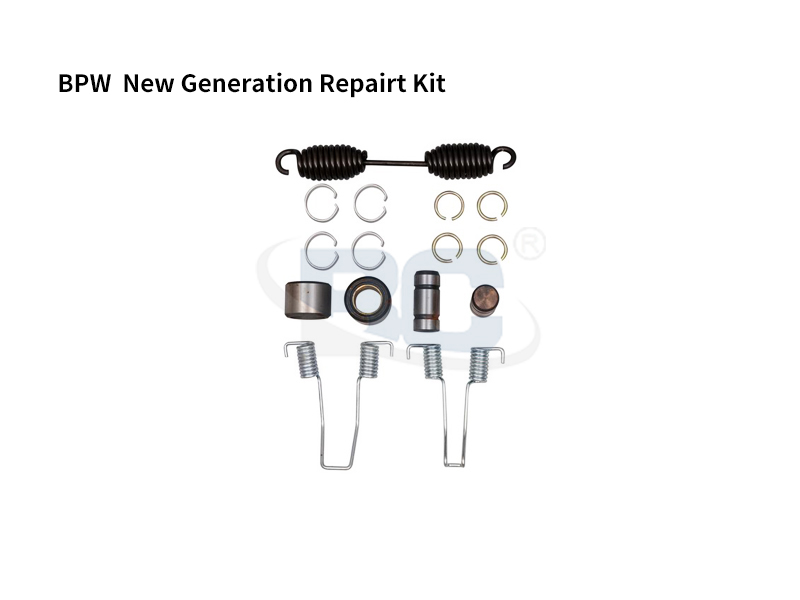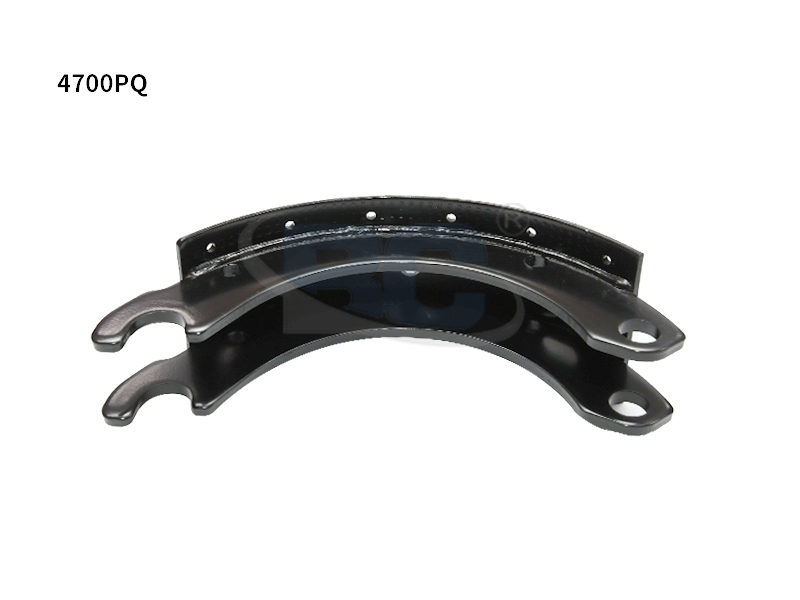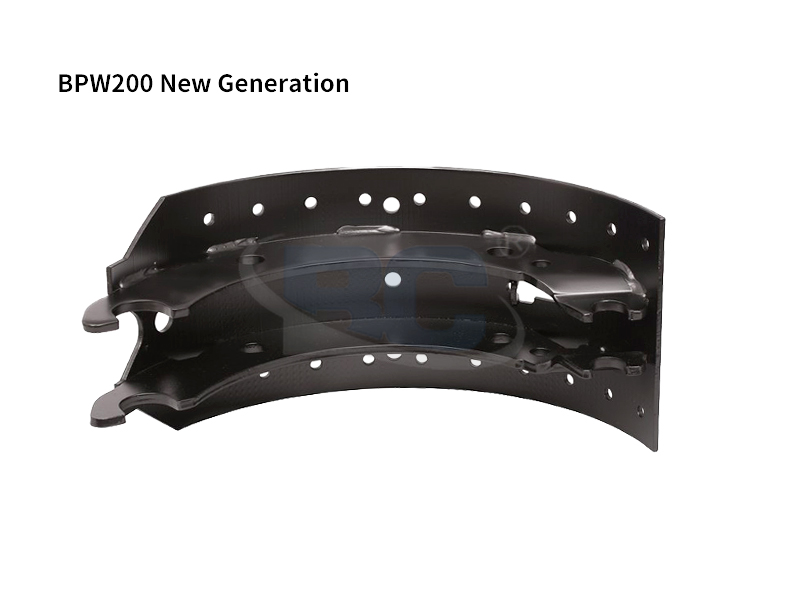A brake shoe is actually the integral part of a brake system that carries the brake fluid through the brake drums in the brake systems used in cars, trains and even bicycle brakes. A small apparatus that's placed upon a threaded metallic track to halt or slow train cars or railroad cars is known as brake shoe. The brake shoe fish is a small but very important component of the brake system.
Brake shoes are made from two parts - the lining and the rubber compound. The linings are usually made of polyurethane, polystyrene or other synthetics. These compounds are extremely hard and wear against road debris, heat, and friction. Shoe linings are usually supplied with two sets of both the lining and the rubber compound. The fitting of the shoe to the drum is usually done by a special fitting procedure using urethane couplings that form a seal with the inner surface of the drum.
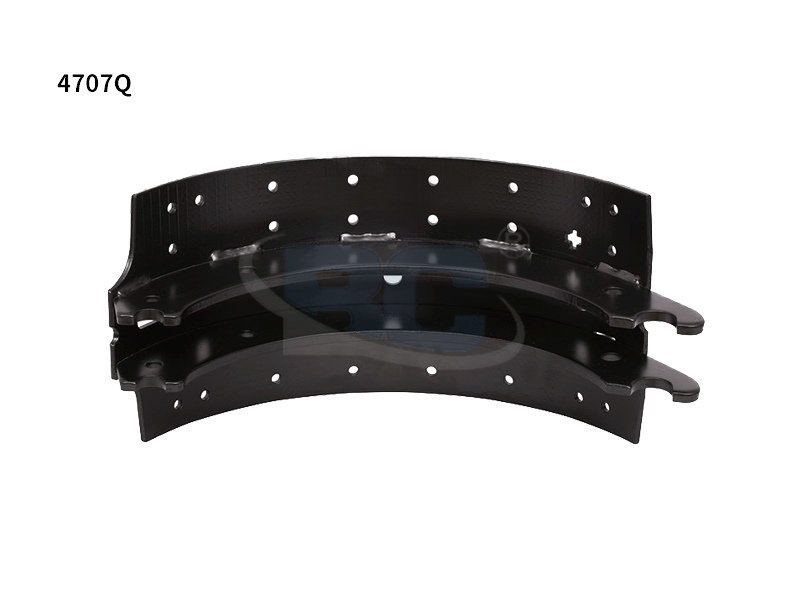
The first component of a brake shoe is its liner. This part serves as the protective coating. It is generally made of an extremely hard material like iron or stainless steel that requires a lot of heat resistance to prevent it from getting brittle. The lining material must have excellent tensile strength and is heat resistant. This makes it ideal for use in applications where the brake shoe must stand up against extreme temperatures or high temperatures.
The second part of the brake shoe is its rubber compound. This part contains additives that add extra friction to the wheel. Its friction adds power to the drum brakes, especially when the power is applied abruptly. However, this extra friction also increases heat generation and causes a build-up of thermal energy in the brake calmer than the cold discs. These are the main reasons why manufacturers need to heat-proof their components.
Another essential part of the brake shoe is its wheel cylinder. The wheel cylinder serves as the pivot point between the brake drum and the wheel. The rim and the hub need this to prevent the rotation of the wheel. Depending on the application, the wheel cylinder must be engineered to have exceptional stiffness to ensure safe, efficient operation. The wheel cylinder also acts as the seat of the rubber compound in the shoe. Its size depends on the type of application.
The final component of the brake shoe is its brake lining. The lining is usually made of a highly hard, heat-resistant material. The material provides good friction for the wheel against the ground. The friction provided by the lining is very helpful in preventing the premature wearing out of the wheel bearings.
There are three basic types of friction which are U 1, S p and R. The purpose of the U-bend is to decrease the speed of the component while the S-bend increases it. The R-band tries to eliminate the friction between the brake shoe and the wheel. In most cases the combination of the two is used because both provide excellent results.
Most modern vehicles have the three component designs. They are available for different applications. The combination design is usually used for wet and dry applications. The materials used for the brake shoe are mostly aluminum, chrome or stainless steel based products that create friction reduction.
The most common material used in the brake shoe is aluminum. The main benefit of this is that it provides good braking performance. However the main drawback is that the friction material can be very smooth. This means that the product cannot reduce as much the speed of the wheel while reducing the wear of the braking pads. This reduces the efficiency of the braking systems.
Chrome lining products are also used in brake shoe. The main benefit of the chrome lining is that it does not reduce the friction material as much as the aluminum. The downside of the chrome lining is that it can rust easily. This rust can loosen the brake fluid or other components. Stainless steel lining is another choice of brake shoe material. This is because it is known to be highly durable and provide high brake performance.
Some manufacturers of brake shoes use other materials for the inner part of the shoe. Sometimes these are made of carbon fiber. The advantage of using carbon fiber is that they reflect and scatter heat. They also reduce the amount of friction between the disc brakes and the shoes. The disadvantage of this material is that it does not provide optimal brake performance and can wear quickly.

 English
English 简体中文
简体中文